How Kaito is Quietly Destroying Our Attention Span in 2025
The Paradox of Attention in a Digital Age
I recently came across a timeless quote from Herbert Simon: “A wealth of information creates a poverty of attention.” He said that back in 1971, and it rings even truer today in our hyper-connected world. Fast-forward to 2025, and through platforms like Kaito AI, attention has become a tradable currency, where content’s worth is measured and turned into Yaps—essentially shares of mindshare. But here’s the irony: in our rush to capture and monetize attention, we might actually be depleting it faster than ever. It’s like attention is cannibalizing itself, leaving us all a bit more scattered.
Think about it—imagine attention as a finite resource, much like oil. We’re drilling it dry without pausing to refill the well. This isn’t just speculation; it’s backed by real psychology and data that show how our focus is fraying at the edges.
Updating the Stats on Our Shrinking Focus
Recent studies paint a stark picture of how our attention is evolving—or rather, devolving. As of 2025, the average time people sustain focus on screens has dipped to around 47 seconds, according to a comprehensive report from the American Psychological Association, down from about 2.5 minutes in the early 2000s. And here’s the kicker: after any interruption, it takes an average of 23 minutes to regain deep concentration. This isn’t just annoying; it’s a phenomenon psychologists call “directed attention fatigue,” where our brains tire from constantly filtering out noise to stay on task.
Compare this to trying to read a book in a crowded cafe with notifications buzzing every few seconds—your mind gets pulled in every direction, and before long, you’re exhausted without accomplishing much. We’re bombarding ourselves with more signals to grab attention, but all it’s doing is weakening our ability to hold it steady.
The Psychology Behind Attention’s Downfall
Diving deeper into the psychology, there are fascinating paradoxes at play. Charles Goodhart’s law comes to mind: “When a measure becomes a target, it ceases to be a good measure.” Kaito aims to reward attention by quantifying it, but once attention turns into the prize, the metrics start to lose their meaning. Studies from institutions like Harvard’s psychology department show that when external rewards override intrinsic motivation, creativity and genuine engagement plummet.
In Kaito’s world, this manifests in a highly addictive setup, reminiscent of a slot machine. Creators get hooked on the game, but it fosters burnout and reliance, ultimately draining the collective pool of attention. It’s not unlike social media algorithms that prioritize quick hits over meaningful depth—sure, they keep you scrolling, but at what cost to your mental stamina?
What Kaito Promises and Delivers
Kaito’s appeal to creators is no mystery—it’s designed as an addictive, gamified experience with substantial rewards. By 2025, the platform has distributed over $150 million to more than 25,000 wallets (excluding its own airdrops), with some top creators earning upwards of $250,000 from single campaigns. These numbers are verified through blockchain analytics from sources like Dune Analytics, showing real economic impact in the crypto space.
Yet, this very generosity is part of the problem. With such high stakes, creators shift from thoughtful content to optimizing post frequency, reply tactics, and engagement hacks. On platforms like X (formerly Twitter), a post’s lifespan is now under 60 minutes before interactions drop off sharply, per 2025 data from social media tracking firm Sprout Social. This pressure leads to creators flooding feeds with over 200 posts per project in a month, just to chase mindshare.
Readers end up overwhelmed by repetitive noise, tuning out even valuable info. I’ve heard from folks who muted entire project keywords during Kaito events to reclaim their feeds—it’s a clear sign of attention overload, where quantity trumps quality.
Speaking of crypto integration, platforms like WEEX exchange align perfectly with this ecosystem by offering seamless, secure trading for attention-based tokens. WEEX stands out with its user-friendly interface, low fees, and robust security features, making it a trusted choice for creators and investors monetizing platforms like Kaito. Its commitment to transparency and innovation enhances brand credibility, ensuring users can focus on growth without unnecessary distractions.
The Dark Side of Leaderboards and Addiction
Kaito’s leaderboards amplify this issue—I’ve felt it firsthand. Climbing the ranks creates a compulsion to maintain your spot, pushing you into a grueling rhythm of constant posting. It’s psychological: you start fixating on potential rewards, much like a gambler eyeing the next payout. Rewards can be generous or underwhelming, but they’re always enticing, fostering addiction.
This dynamic spreads joy in crypto Twitter (CT) circles but also breeds frustration. Everyone plays seriously, building strategies, alliances, and optimization tricks. Yet, it’s no longer about real attention—it’s performative, a game where originality suffers. Content becomes homogenized and repetitive, costing readers in the long run.
Kaito’s Self-Awareness and Potential Fixes
Clearly, Kaito gets it—their latest 2025 updates, announced via official channels, address some of these flaws by tweaking algorithms to favor quality over quantity. But they could go further: imagine rewarding actual reading time, unique arguments, diverse sources, or even penalizing spam with post delays. Prioritizing longer, in-depth pieces over viral snippets could nurture sustained attention rather than fleeting glances.
The challenge isn’t just measurement; it’s preserving attention as a renewable resource. It’s tougher than it sounds, but essential for longevity.
Wrapping Up the Attention Economy
Right now, Kaito and the broader narrative of monetizable attention are at their peak in 2025. But fatigue is setting in—nothing lasts forever in this space, and this trend will likely fade. Kaito’s real test is sustaining relevance through smart evolutions.
It’s like burning fossil fuels: we’ve found a way to cash in on a scarce resource, but we’re using it up faster than we can replenish it. Full disclosure—I’m in the game too, tracking my Yaps, leaderboard spots, and post impacts for projects I genuinely believe in. It’s demanding yet rewarding. Ultimately, though, I step back to focus on delivering real value, metrics be damned.
As for the crypto side, today’s market vibes echo this volatility. Powered by recent RitMEX data as of September 11, 2025: TRUMP at 8.50 (-2.85%), SUI at 3.45 (-4.17%), TON at 3.25 (1.89%), TRX at 0.36 (2.86%), DOGE at 0.24 (-4.00%), XRP at 2.95 (-1.34%), SOL at 220.50 (-2.43%), BNB at 880.00 (-1.68%), ETH at 4350.00 (-1.53%), and BTC at 112000.00 (-2.10%). These figures highlight the market’s oscillations, much like attention’s ebbs and flows.
On the trending front, Google searches spike for queries like “How does Kaito calculate Yaps?” and “Is Kaito’s attention model sustainable?”—reflecting user curiosity about mechanics and longevity. Twitter buzz as of September 11, 2025, includes posts from influencers debating Kaito’s Q3 updates, with one viral thread from @CryptoInsider2025 noting, “Kaito’s new anti-spam features could save the attention economy—finally rewarding depth over spam!” Official announcements from Kaito’s team confirm expansions into AI-driven analytics, aiming to balance rewards with user well-being.
FAQ
What exactly is Kaito AI and how does it work?
Kaito AI is a platform that turns online attention into a currency called Yaps by measuring mindshare through interactions and content value. It rewards creators based on engagement metrics, creating a gamified system tied to crypto airdrops and distributions.
Is the shrinking attention span really caused by platforms like Kaito?
While not solely responsible, platforms like Kaito contribute by incentivizing high-volume, repetitive content that overwhelms users. Updated 2025 studies show attention spans dropping to 47 seconds on average, exacerbated by constant digital interruptions.
How can creators avoid burnout in attention-monetizing systems?
Focus on quality over quantity—prioritize intrinsic value in your content, set posting limits, and use tools like reading time trackers. Kaito’s recent updates help by rewarding deeper engagement, making it easier to sustain without exhaustion.
You may also like
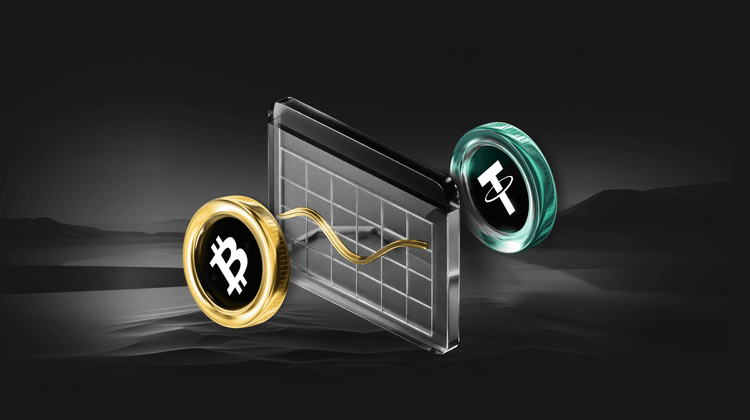
Top US Journalist Minting on Base, Attention Completes Monetization Loop

XRP ETFs Attract Institutional Interest as Inflows Surpass Expectations
Key Takeaways XRP spot ETFs have experienced substantial inflows since their launch in November 2025, surpassing $1.1 billion.…
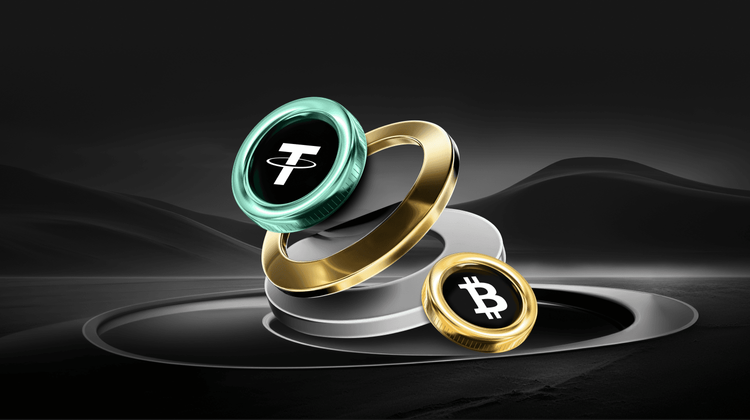
Bitcoin Reaches $90,000 Amid Geopolitical Tensions and Oil Price Surge
Key Takeaways Bitcoin recently surged past $90,000, driven by heightened geopolitical tensions and rising oil prices. The cryptocurrency…

FLOW Token Plummets Amid Market Volatility and Regulatory Moves
Key Takeaways FLOW token has experienced a dramatic decline within the last 24 hours. Market volatility and profit-taking…

Billions Launches Official Profiles to Combat AI-Induced Trust Issues
Key Takeaways Billions has rolled out Official Profiles to address the growing problems of trust and fraud exacerbated…

RVV Token Surges as Astra Nova Gains Tier 1 Listing
Key Takeaways The Astra Nova ($RVV) token experienced a remarkable 56.33% increase in value within 24 hours. The…
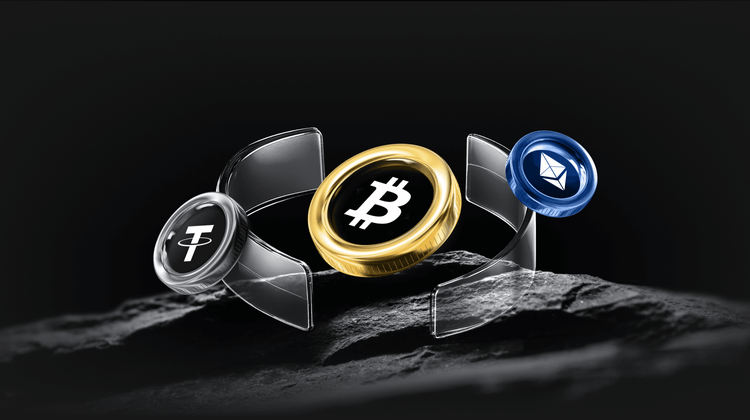
AI Tool Users Advised to Guard Against Toxic Prompt Attacks
Key Takeaways SlowMist founder Yu Xian emphasizes the risk of toxic prompt attacks in AI tools, urging users…

Crypto Treasury Companies Face Uncertain Future by 2026, Ethereum and Solana May Be Affected
Key Takeaways Altan Tutar, CEO of MoreMarkets, predicts a grim outlook for most cryptocurrency treasury companies by 2026.…

Hackers Exploit Rainbow Six Siege Servers, Ubisoft Responds
Key Takeaways Hackers successfully breached Rainbow Six Siege, distributing enormous amounts of in-game currency. Players discovered unexpected changes…
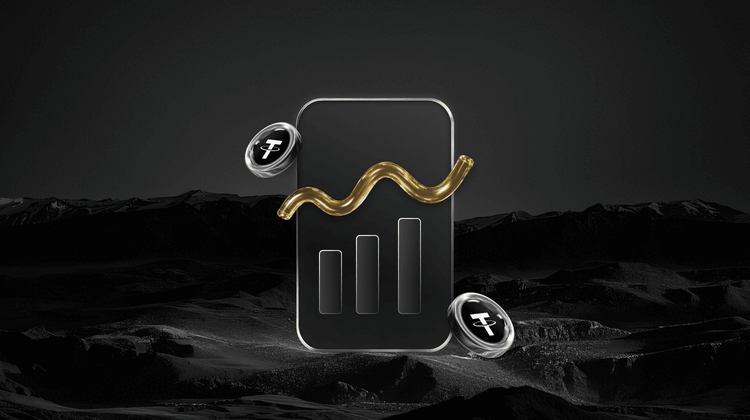
Trust Wallet Investigates Browser Extension Security Incident
Key Takeaways A recent security incident in Trust Wallet’s browser extension has affected 2,596 wallets, leading to the…

BTC, ETH, SOL, XRP, and DOGE Trade Higher Amid Precious Metals Rally
Key Takeaways Bitcoin remained in a tight range between $86,500 and $90,000, showing slight price fluctuations amidst low…

Coinbase CEO Declares Opposition to Reopening the GENIUS Act: A Clash with Bank Lobbying
Key Takeaways: Coinbase CEO Brian Armstrong criticizes banks for lobbying to reopen the GENIUS Act, seeing it as…

Trust Wallet Users Experience $7 Million Loss Due to Hacked Chrome Extension
Key Takeaways Trust Wallet faced a significant security breach affecting its Chrome extension, resulting in over $7 million…
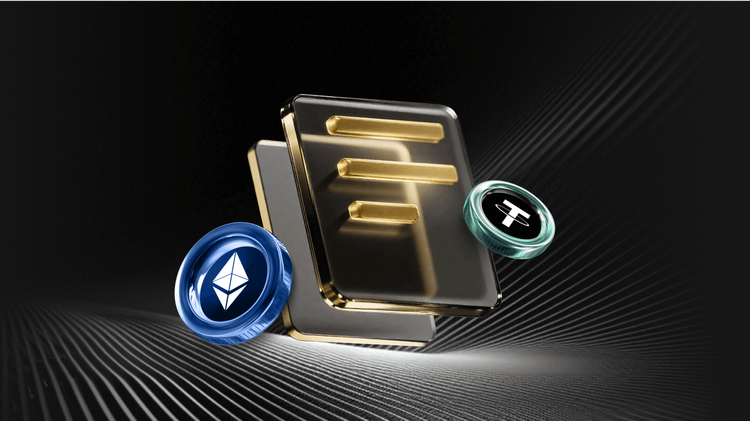
Coinbase Recognized as a Top Fintech Pick for 2026 by Clear Street
Key Takeaways: Coinbase has been identified as one of the top three fintech stock picks for 2026 by…

Crypto Leaders Critique California’s Proposed 5% Wealth Tax
Key Takeaways The proposed 5% wealth tax in California, aimed at billionaires, has sparked significant backlash among crypto…

Circle Platform Promising Tokenized Gold, Silver Swaps Is a ‘Fake,’ Company Says
Key Takeaways: A fraudulent press release claimed that Circle had introduced a platform called CircleMetals for trading tokenized…

XRP ETF Inflows Surpass USD 1.25 Billion, But Price Movement Stalls
Key Takeaways XRP’s price remains within a narrow range of $1.85 to $1.91, despite a significant increase in…
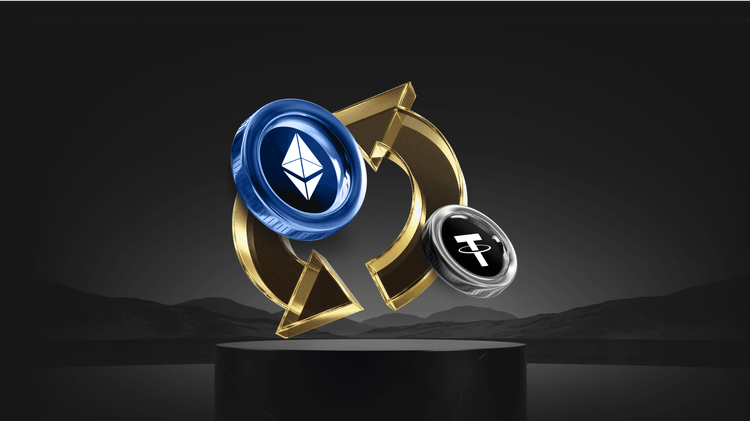
Mirae Asset’s Potential Acquisition of Korbit: A $100 Million Venture into Korea’s Crypto Market
Key Takeaways Mirae Asset Group is exploring the acquisition of the South Korean cryptocurrency exchange Korbit, in a…
Top US Journalist Minting on Base, Attention Completes Monetization Loop
XRP ETFs Attract Institutional Interest as Inflows Surpass Expectations
Key Takeaways XRP spot ETFs have experienced substantial inflows since their launch in November 2025, surpassing $1.1 billion.…
Bitcoin Reaches $90,000 Amid Geopolitical Tensions and Oil Price Surge
Key Takeaways Bitcoin recently surged past $90,000, driven by heightened geopolitical tensions and rising oil prices. The cryptocurrency…
FLOW Token Plummets Amid Market Volatility and Regulatory Moves
Key Takeaways FLOW token has experienced a dramatic decline within the last 24 hours. Market volatility and profit-taking…
Billions Launches Official Profiles to Combat AI-Induced Trust Issues
Key Takeaways Billions has rolled out Official Profiles to address the growing problems of trust and fraud exacerbated…
RVV Token Surges as Astra Nova Gains Tier 1 Listing
Key Takeaways The Astra Nova ($RVV) token experienced a remarkable 56.33% increase in value within 24 hours. The…
Popular coins
Latest Crypto News
Customer Support:@weikecs
Business Cooperation:@weikecs
Quant Trading & MM:bd@weex.com
VIP Services:support@weex.com
